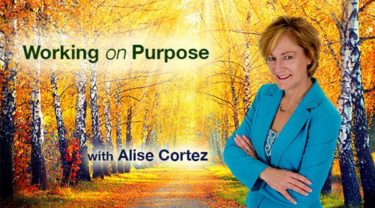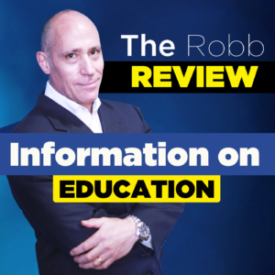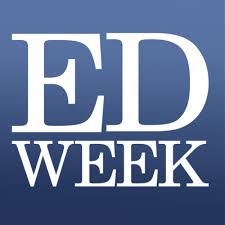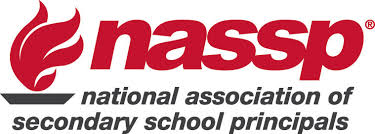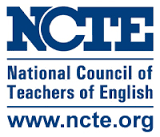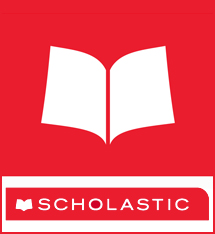Early Intervention is Key to Reading Success:
Strategies for Classroom Teachers
By: Cameron Carter
Those in the field of education, at one point or another (probably in one of those after school staff meetings), have heard the phrase, “Research shows early intervention is a key component to a child’s reading success”. Many teachers heavily rely on intervention specialists to provide this intervention when a child is struggling to read. This is a great approach for most, but what about those “bubble” kiddos who don’t always qualify for intervention services? How do we “catch” them or “meet them” where they are to ensure their reading progress? Today, I will be walking you through a student (name changed for confidentiality), and how early intervention helped this child go from a non-reader to a reader on grade level in one school year’s time.
I teach first grade, and the first thing I analyze is the reading profile of the kiddo who sits before me. Years ago, I used to call it the “reading table”, but as research and practices have evolved, I now refer to it as just “the back table”. When children meet with me, we are not always “reading”. Best practices indicate there’s a “balanced approach” for how we teach children to read. Some children may need a heavy emphasis on phonemic awareness, whereas others may need a multi-sensory approach to decoding.
Let’s meet our friend Paul. He is a lovable six year old who enjoys the arts and playing outdoors with friends. Paul sounds like every other child about to be in first grade. He does have one difference… Paul did not attend a traditional Kindergarten; therefore he came to first grade knowing only a few letters. For the demographic of the children I teach, this is not a typical case. I knew my instruction would need to tailor to the needs of Paul right away to ensure his success this year.
*Paul’s first piece of writing at the beginning of first grade
The Process
In order for Paul to begin decoding, I needed him to have a solid foundation of phonemic awareness and letter-sound correspondence. Paul was quite strong in phonemic awareness; therefore we focused our time together on building our letter-sound relationship. We listened to songs about letters/sounds, we moved our bodies, and most importantly, we used a mirror to see a visual representation of the way our mouth moves when we say the sounds of certain letters.
After a while, Paul was ready to begin taking individual sounds to form consonant-vowel-consonant (CVC) words, such as “cat” and “dog”. We tapped the individual sounds, blended them together to form the word, and then practiced our letters by writing the word. At times, it was hard for Paul to hold onto the sounds to blend them together, so we used Magna-Tiles to visually see the sounds “connecting” or “magnetizing” together to build the word. Magna-Tiles can be written on with a dry erase marker, and they erase easily. Another resource I used was from the K-3 Literacy Tier 2 & 3 Interventions website. There are a plethora of resources based on the specific needs your student might be working on.
Next, we began to use Geodes from Wilson Language Fundations, which are 80% decodable texts, to begin seeing our CVC words within a continuous text. Along with reading, we continued to build our decoding skills, as well as we explored high interest texts to expand our vocabulary and strengthen our comprehension.
Not only did we want to expand our reading skills, but we also wanted to build our writing development since reading and writing are reciprocal processes. Our goal as educators is to build writers, not scribes. We must expand upon what skills are solid, and exponentially grow confidence in our budding writers. Paul was more than ready to take on this challenge! We began by writing simple sentences based on the Geode text we read. Then, Paul began to use words from our Fundations phonics learning to create sentences. Towards the end of the year, all first graders were expected to write an opinion piece based on the text “Town Mouse, Country Mouse” by Jan Brett. The goal was to use at least 2 reasons from the book to support their opinion. An additional challenge was to have the writer close their piece by reminding the reader of their opinion.
*Paul’s end of the year opinion piece
As one can see from Paul’s piece, there are still many phonics principles Paul will continue to work on and make solid while encoding, but, overall, he showed tremendous growth and improvement from the beginning of first grade. This is what is important. This is the process.
Sometimes as educators, we get hung up on the end of year benchmarks and scores, but what we really need to be analyzing is the child who sits before us, and their progress and growth over time. The pieces of the puzzle will eventually come together, but time and patience supersedes all. Believe in the process, and remember, teaching children to read is a balanced approach. As adults, we all have different needs… children are no different! Empower a community of learners who will fall in love with reading and writing for life!
Cameron Carter is a first grade teacher at Evening Street Elementary in Worthington, Ohio. He is currently the Vice-President of the Ohio Council of Teachers of English Language Arts (OCTELA) and a member of the National Council of Teachers of English (NCTE). He has a Masters in Reading and Literacy from The Ohio State University, and has presented at many state and national conferences. To continue learning with Cameron, follow him on Twitter @CRCarter313
![]()


